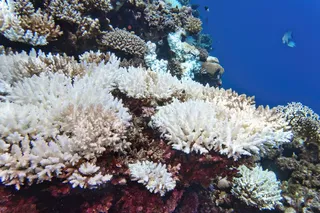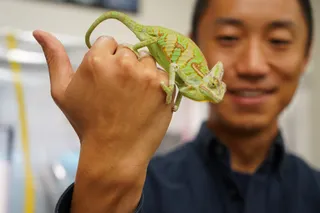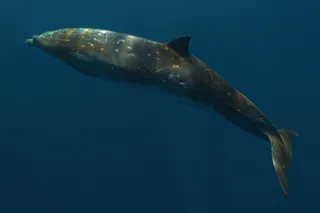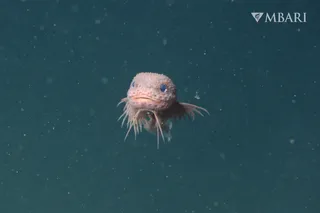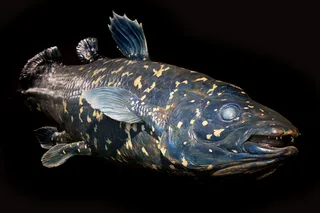There's a new paper on ancient DNA out, Targeted Retrieval and Analysis of Five Neandertal mtDNA Genomes:
Analysis of Neandertal DNA holds great potential for investigating the population history of this group of hominins, but progress has been limited due to the rarity of samples and damaged state of the DNA. We present a method of targeted ancient DNA sequence retrieval that greatly reduces sample destruction and sequencing demands and use this method to reconstruct the complete mitochondrial DNA (mtDNA) genomes of five Neandertals from across their geographic range. We find that mtDNA genetic diversity in Neandertals that lived 38,000 to 70,000 years ago was approximately one-third of that in contemporary modern humans. Together with analyses of mtDNA protein evolution, these data suggest that the long-term effective population size of Neandertals was smaller than that of modern humans and extant great apes.
The comparison with modern humans is interesting and ...


